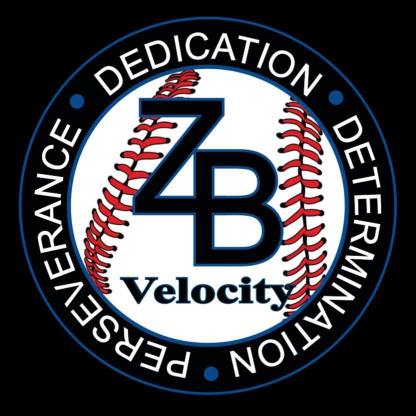
When a pitcher has control that means he pitches in the strike zone.
But when a pitcher has command, that means he can hit spots within that strike zone. And it’s the fastball that he must command, first and foremost.
Following his third spring training start, David Price said,
“It’s part of the process, continuing to go out there, command my fastball the way that I did today. If I can do that, it just opens up everything that I want to do with all my secondary stuff.”
“That’s always a big emphasis on me, just making sure I’m hitting spots with that fastball—two-seam, four-seam, both sides of the plate, moving it in, up, down.”
As a pitcher that throws a lot of fastballs, Price understands how difficult it is to hit. He understands that fastballs in different locations thrown with a two-seam and four-seam variations can make life difficult for hitters.
The key is location.
For a great read on fastball command, read Doug Bernier’s article here….
Why The Fastball?
All great pitchers usually have something in common: a good fastball. Having command of your fastball should be the main focus of every pitcher at every level of the game, yet that’s too often not the case. Too many pitchers (of all ages) tend to spend far too much time on learning how to throw secondary pitches, such as breaking balls.
The fastball is the singularly most important pitch. If a pitcher has plus command of it, they can cause all sorts of havoc with a hitters mind with the location of that pitch.
Everything works well if you can establish the fastball and put it where you want it.
Having a great fastball means you can get out of most situations, (sometimes) even with a lack of feel for the pitch. Those who understand this fact know what it’s like when you can’t get a good feel for your breaking ball on a particular day. The curve ball is a “feel” pitch and can be difficult to throw for a strike at times, especially for younger players.
Having a great fastball also means you can then develop and utilize a secondary pitch with much more effectiveness – like a changeup to simply throw the hitter’s timing off. This can be killer combination, as many times the hitter can’t recognize the difference out of the pitcher’s hand.
Deception & Perception
If you ever take the time to watch batting practice, you will see how many times hitters don’t square up the baseball. The hitters know every pitch that is coming and the coach is trying to throw it where they can hit it hard, but still many hitters don’t hit the ball on the barrel of the bat.
Imagine how much harder it gets when they DON’T know what pitch is coming.

- Inside/outside – After two inside fastballs, a 4-seamer on the outside corner tends to look further outside than normal… even though it is a strike.
- Speed – The speed differs by 2-3 mph but that is just enough for my contact to be off the barrel if I am timed up for the two-seamer velocity.
- Up / Down – Moving the ball up and down changes the eye level of the hitter and can produce swing and misses especially with two strikes.
A well located fastball is the most difficult pitch to hit consistently. The hitter has less time to react, and the further the ball is away from the middle of the plate the more difficult it is for the hitter.
Learning from David Price
Pitchers and coaches might want to take a page out of David Price’s book and throw more fastballs.
As a pitcher, you know the hitter is thinking “once I have to compete against fastballs located for strikes on both sides of the plate and changing eye levels, the secondary stuff becomes much, much nastier to hit.”
As a hitter, when a pitcher establishes the location of his fastball and is not afraid to come after them, it makes hitting that much more difficult.
Adding Another Pitch to the Mix?
For those looking to “add another pitch”, you might want to reconsider, until you’re comfortable with fastball location.
 Instead, evaluate what you’re currently throwing, and ask yourself these questions: “do I truly command these pitches? Can I spot a fastball where I want, anytime I want, with movement? Can I throw a four-seamer for a strike with my eyes closed?”
Instead, evaluate what you’re currently throwing, and ask yourself these questions: “do I truly command these pitches? Can I spot a fastball where I want, anytime I want, with movement? Can I throw a four-seamer for a strike with my eyes closed?”
Only after you’ve honestly answered “yes” to all three, then consider adding another pitch to your repertoire.
Pitching to Contact
Many pitchers are afraid of “getting hit”, or they try to make the perfect pitch every time. As a result, they end up throwing balls out of the strike zone, walking hitters, or pitching from behind in counts.
Unless they throw 100+ miles per hour, they really, they’re trying to control the inevitable – that the batter is going to make contact. Interestingly, pitchers with great command like Greg Maddux or Tom Glavine want them to hit the baseball. And they don’t worry if a hitter ends up reaching base. Their attitude is, “That’s fine. I’ll get the next guy.”
In Conclusion
Let’s be clear, if you don’t have good command of your fastball, you are not a good pitcher. That’s the reality. If you want to improve your game, improve your velocity or command, not add a new pitch to your arsenal.
Work on it.

















